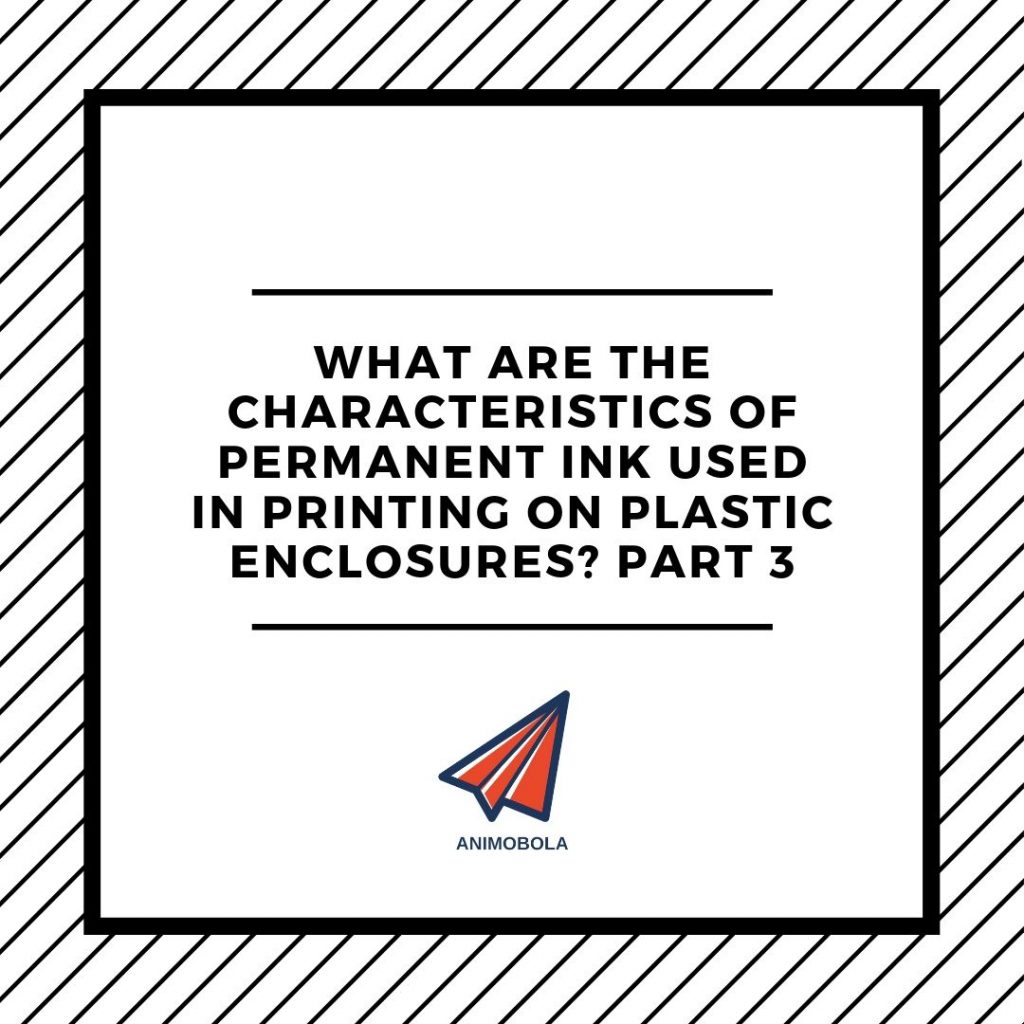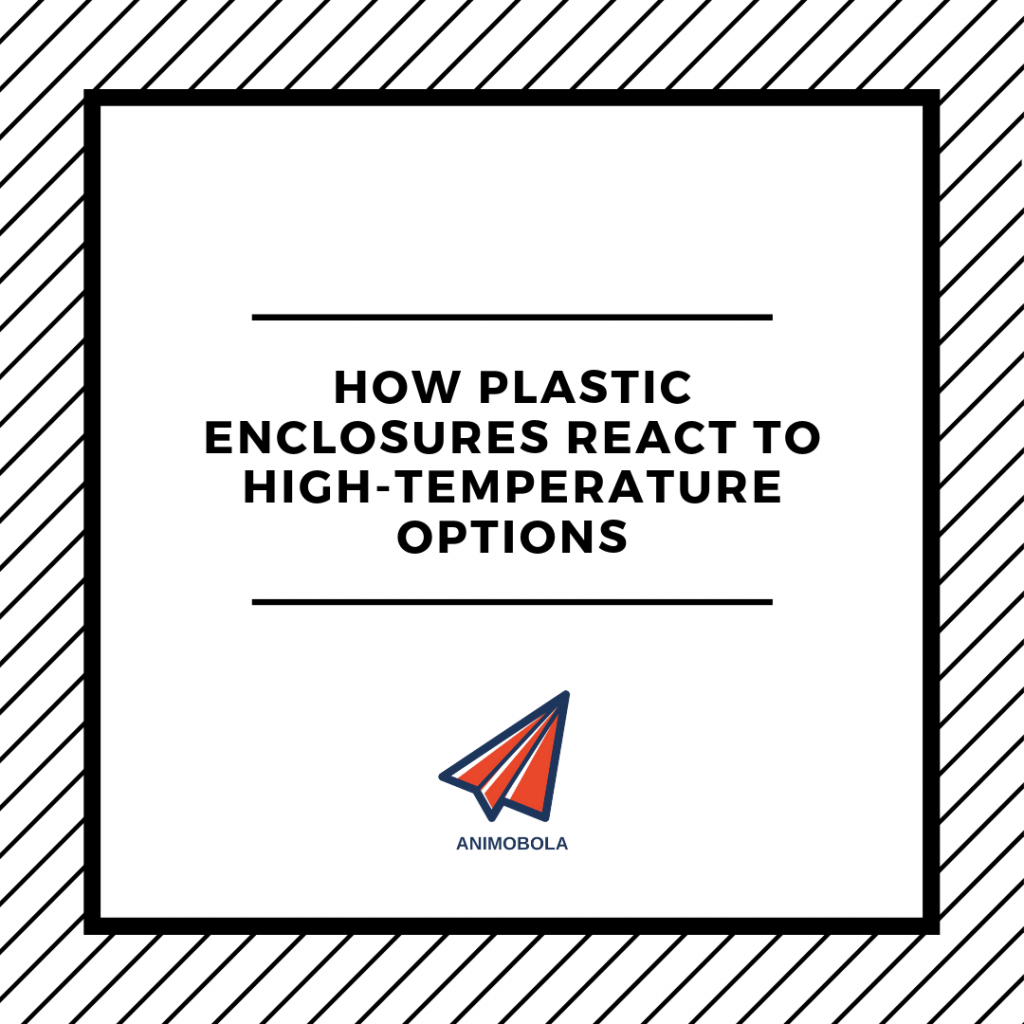

The ink used for customizing plastic enclosures can be compared to the charmingly rustic wedding I just went to recently. With this in mind, I wonder how the characteristics of the newlyweds (bride and groom) can be used as an example to describe the characteristics of ink used in printing on an electrical enclosure. What are the characteristics that are needed to be carefully considered?
We have already looked at some of the potential issues that can potentially damage the branding of the product. While there are some of the issues that were not as big based on the end-use, it still begs to differ: what is the cost of this to be worth the time and effort?
I guess your initial answer is “No”. And you are just right. The correct answer is to use a permanent ink that is just light-and weather resistant. With this, we have already discussed the possible damages that can be caused by light and its effect on the graphics. You want an ink that can give you a good chemical and alcohol resistance to.
With this in mind, you do not want to think about someone being intentional in damaging the project. However, these types of situations do happen. The branding on the product is just part of the advertising. Somebody with a cotton boll and a vengeance should not be able to destroy the hard work.
Let us take a look at another example:
If you are out in the field after installing the products in the customers’ homes, under a steamy summer day with humidity levels reaching 90F, it is inevitable that your body temperature will also rise. You are already hot and you wipe your brow with your fingers. The next thing you will do is to pick up the next product that you would like to be installed. If you had used the electronic enclosure ink after the perspiration – and oil/grease-resistant ink, you have nothing to worry about.
Once the ink used to print on the plastic enclosure does not have these properties, there is a tendency that there will be parts of the printing that can be discolored when touched. The worst-case scenario is if you remove the parts (of all) of the lettering, logo, or design printing from the enclosure, it will leave a less-than-perfect finish.
Protecting the nema enclosures from its end use is just as important as other parts of the design. The design engineer should be sure about using the right materials in order to meet the demands of the customers. What ink characteristics do you look for other materials in the enclosure?

